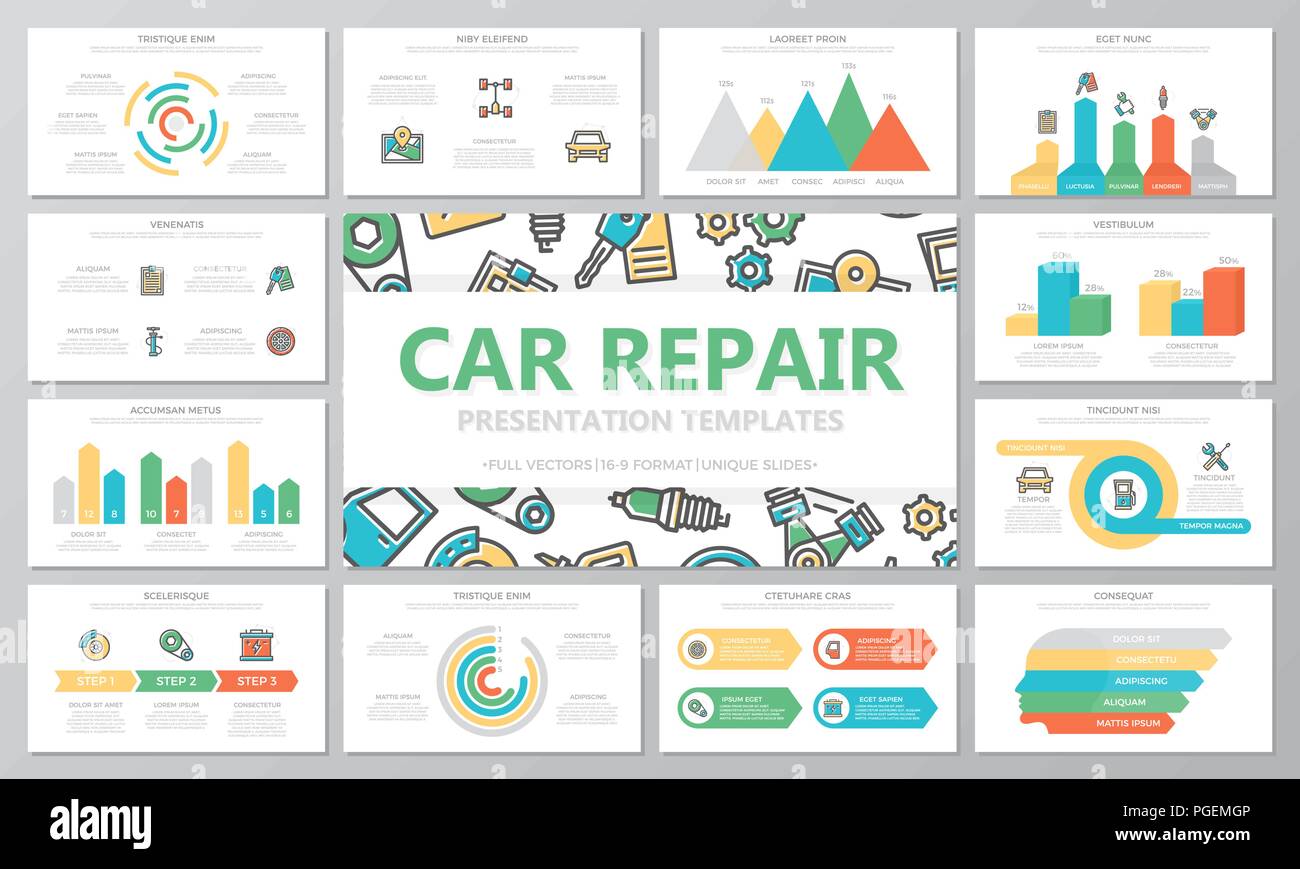Looking For Clearness On The Caution Lights Presented On Your Vehicle'S Control Panel? Discover Just How They Relate To Your Vehicle'S Health And Safety
Looking For Clearness On The Caution Lights Presented On Your Vehicle'S Control Panel? Discover Just How They Relate To Your Vehicle'S Health And Safety
Blog Article
Created By-Sykes Winters
When you lag the wheel, those beautiful warning lights on your dashboard can be a little bit complicated. Do you recognize what they're trying to inform you concerning your vehicle's health? Comprehending the importance of these lights is vital for your safety and security and the long life of your automobile. So, the following time among those lights appears, would not you wish to analyze its message properly and take the required actions to address it?
Common Caution Lights and Interpretations
Recognize usual warning lights in your cars and truck and recognize their meanings to make sure risk-free driving.
The most typical warning lights consist of the check engine light, which signifies issues with the engine or discharges system. If this light comes on, it's crucial to have your car inspected quickly.
The oil pressure alerting light shows low oil stress, needing prompt interest to avoid engine damage.
A blinking battery light might suggest a damaged billing system, possibly leaving you stranded otherwise resolved.
The tire stress monitoring system (TPMS) light notifies you to reduced tire stress, influencing vehicle security and fuel performance. Ignoring this can cause harmful driving problems.
The abdominal muscle light shows an issue with the anti-lock stopping system, compromising your capacity to stop swiftly in emergencies.
Finally, the coolant temperature cautioning light warns of engine overheating, which can lead to severe damages if not fixed promptly.
Comprehending these common caution lights will assist you address issues promptly and keep secure driving conditions.
Relevance of Prompt Attention
Understanding the common warning lights in your auto is only the very first step; the relevance of promptly addressing these cautions can not be highlighted sufficient to guarantee your security when traveling.
When a warning light illuminates on your control panel, it's your cars and truck's way of connecting a possible concern that needs focus. Ignoring https://car-maintenance-schedule95173.dsiblogger.com/64179782/the-influence-of-automobile-outlining-on-resale-worth-insights-from-study can result in much more extreme problems down the road, compromising your safety and security and possibly costing you much more in repairs.
Trigger focus to alerting lights can avoid breakdowns and mishaps. As an example, a flashing check engine light could suggest a misfire that, if left unattended, might trigger damages to the catalytic converter. Addressing this quickly can save you from a costly repair service.
Similarly, a brake system cautioning light might signal low brake liquid or used brake pads, vital components for your safety and security when driving.
Do It Yourself Troubleshooting Tips
If you notice a warning light on your dashboard, there are a couple of do it yourself troubleshooting pointers you can try prior to seeking professional help.
The very first step is to consult your auto's manual to recognize what the certain warning light shows. Occasionally the issue can be as basic as a loosened gas cap triggering the check engine light. Tightening up the gas cap might fix the issue.
Another usual problem is a low battery, which can cause different alerting lights. Inspecting the battery connections for corrosion and guaranteeing they're protected might repair the problem.
If a caution light lingers, you can try resetting it by separating the car's battery for a couple of minutes and afterwards reconnecting it. Furthermore, examining your vehicle's liquid degrees, such as oil, coolant, and brake liquid, can assist repair alerting lights connected to these systems.
please click the following web site
In conclusion, comprehending your car's warning lights is crucial for maintaining your car running efficiently and securely. By without delay addressing these notifies and recognizing what they suggest, you can prevent costly repair work and possible malfunctions.
Remember to consult your automobile's handbook for specific details on each alerting light and take action as necessary to make sure a trouble-free driving experience.
Remain notified, stay secure on the road!
